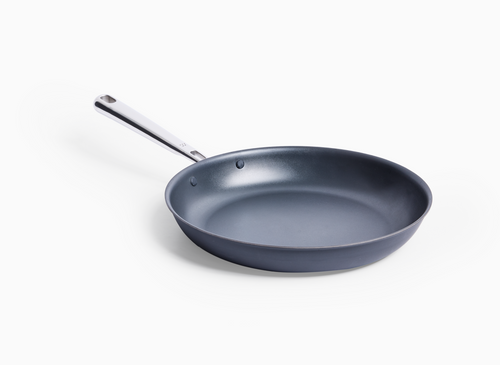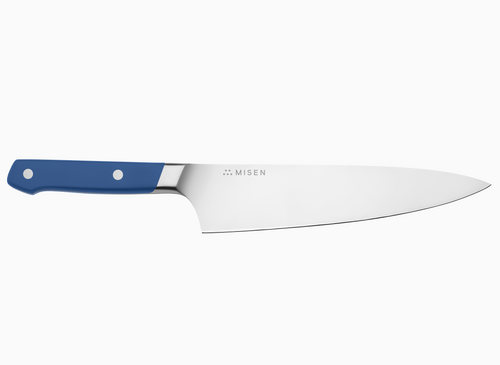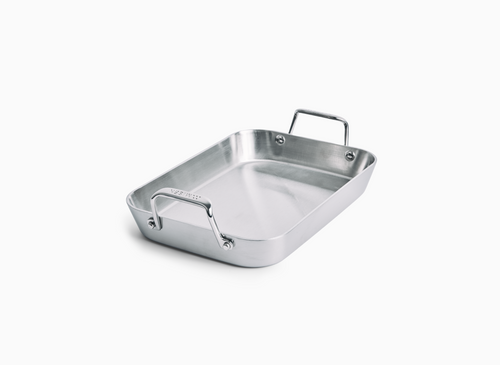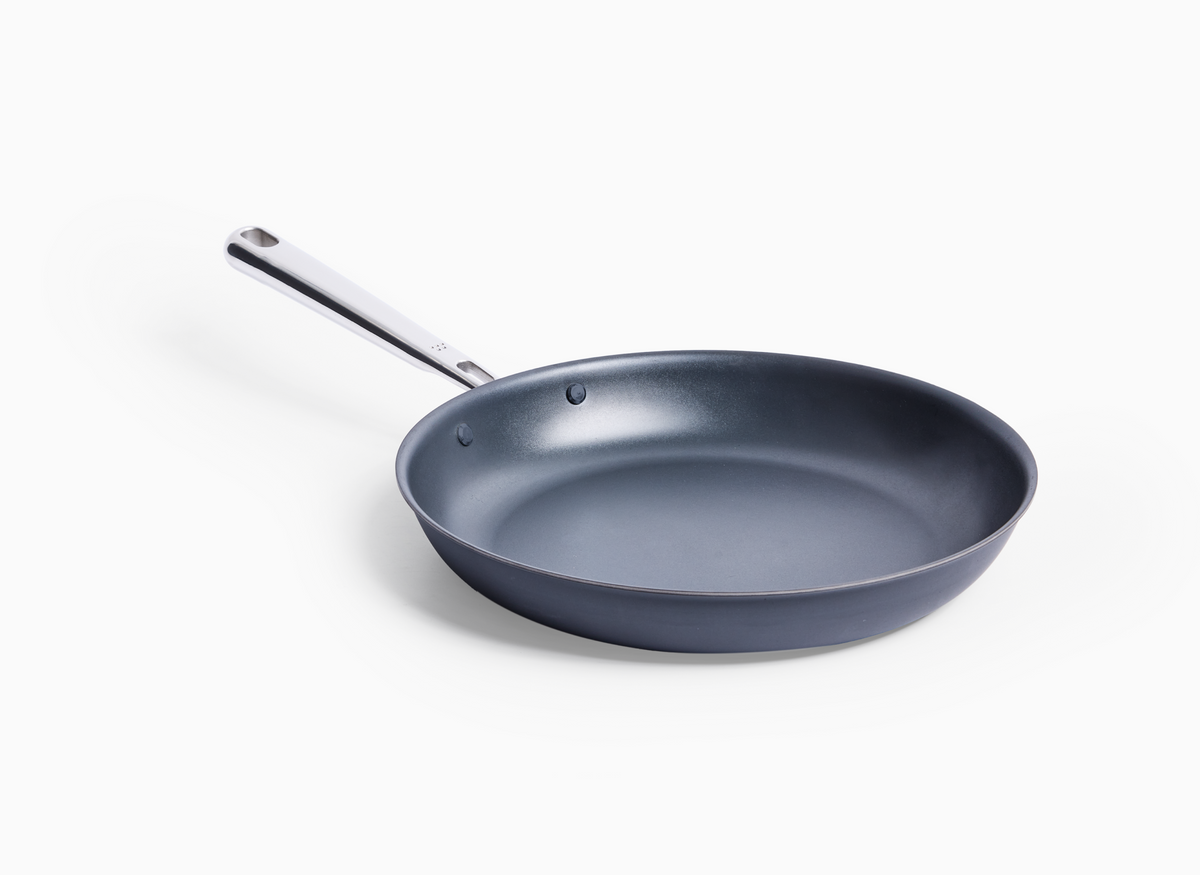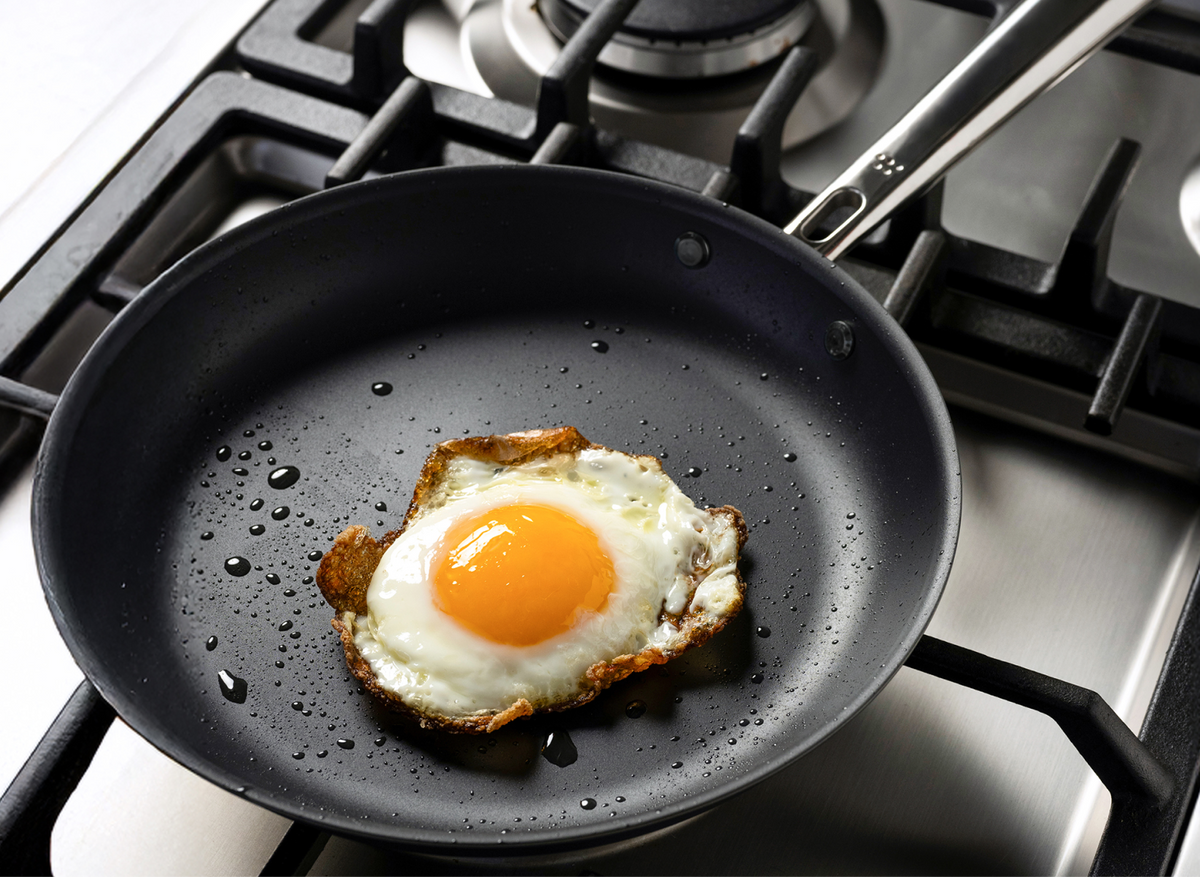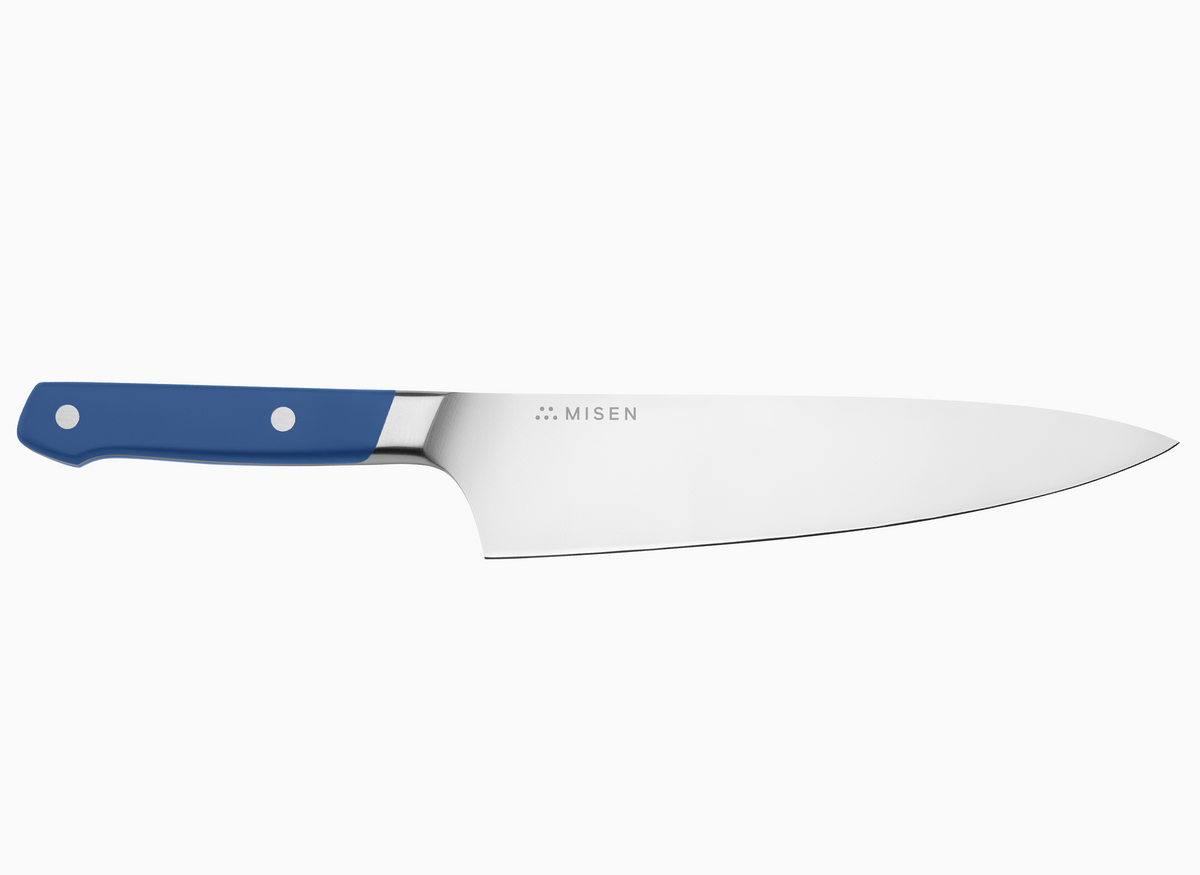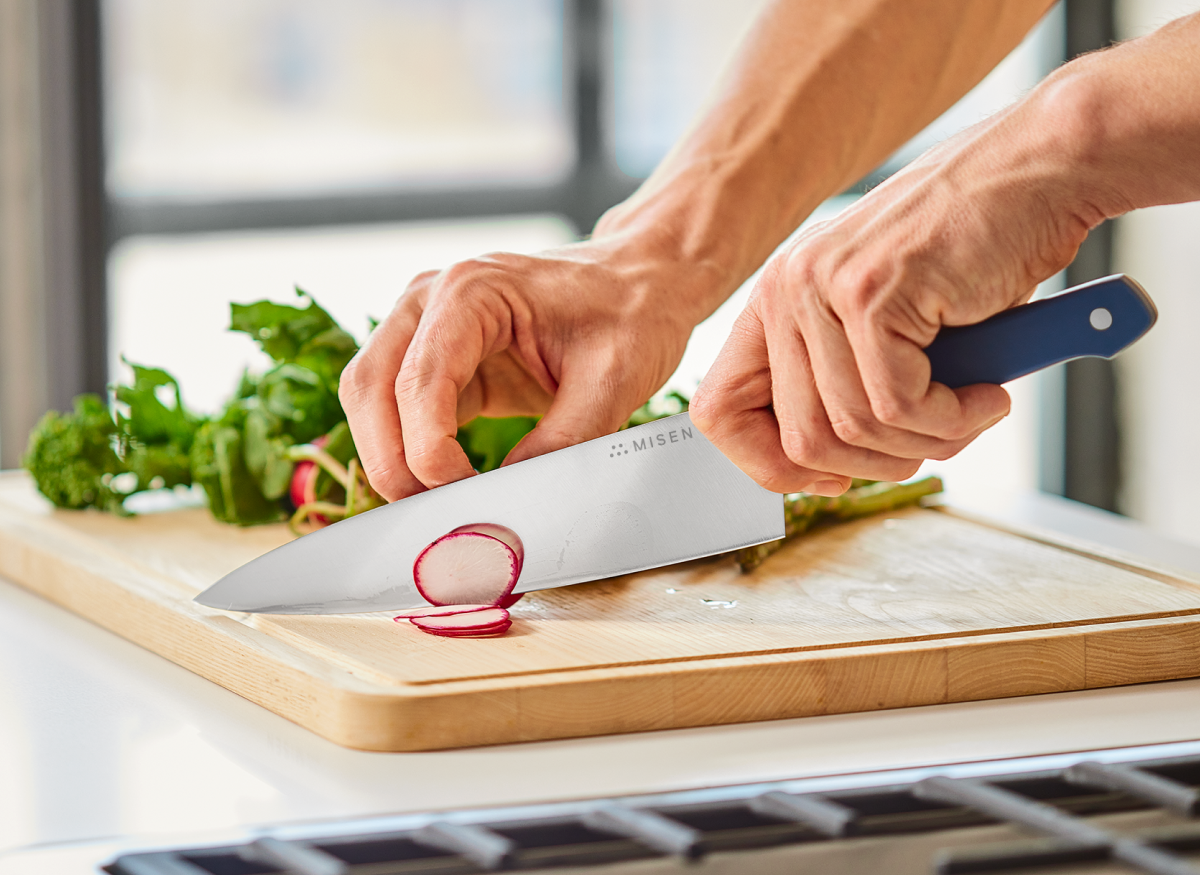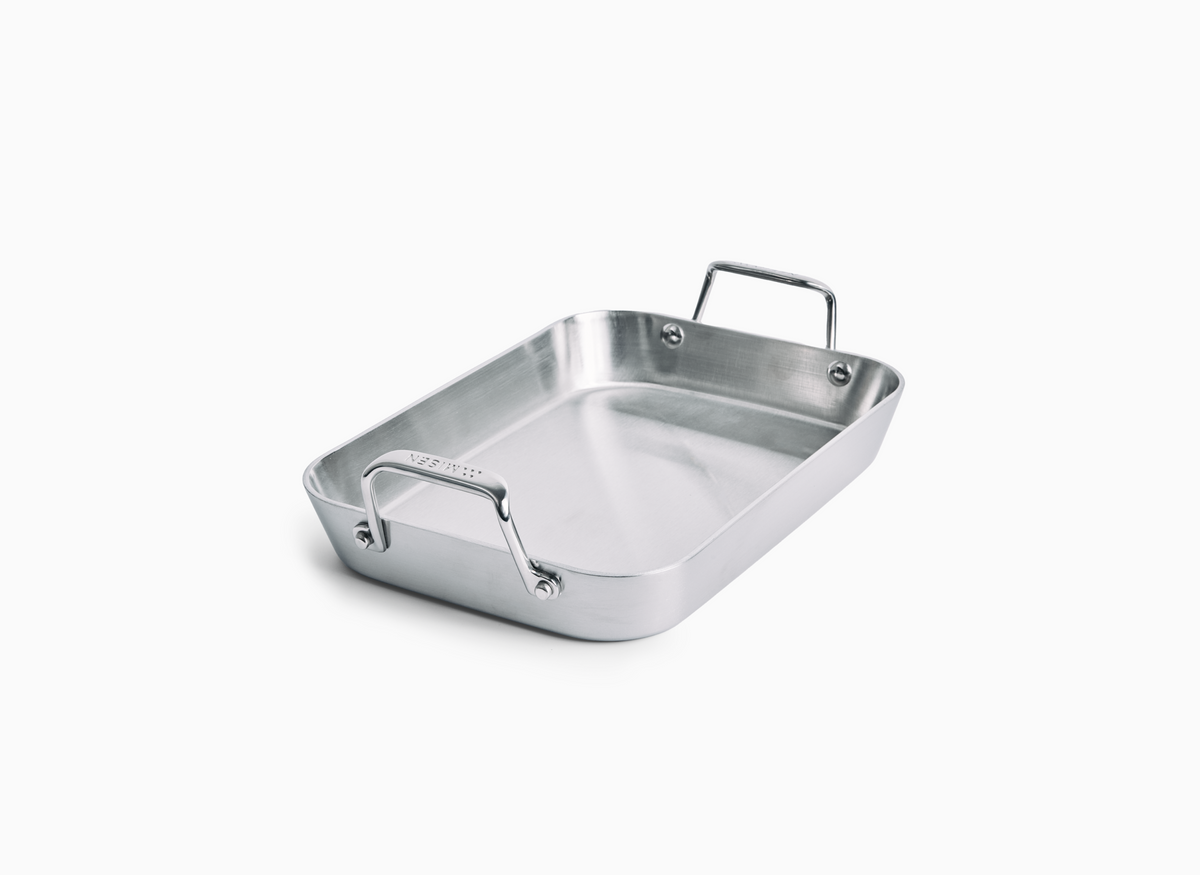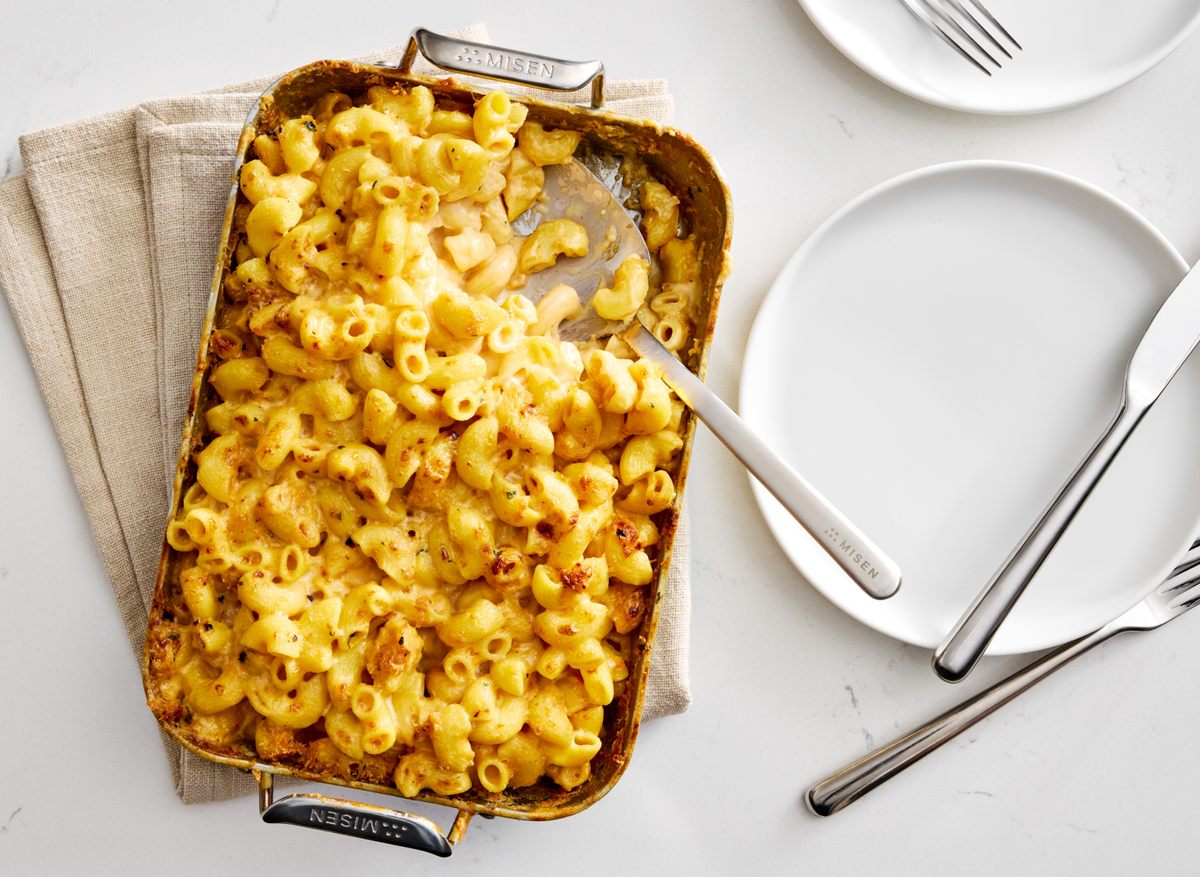Skillet vs Frying Pan: Which Is Right for Your Cooking Needs?

Defining the Terms: Are Skillets and Frying Pans Actually Different?
Distinct design cues subtly define the unique roles of skillets and frying pans.
The Technical Definition: What Makes a Skillet a Skillet
Skillets and frying pans share many similarities in their basic design, including flat bottoms, flared sides, and long handles. However, skillets tend to have slightly deeper profiles with more curved sides, making them ideal for techniques that require constant food movement[1].
Regional and Cultural Terminology Variations
The terms "skillet" and "frying pan" are often used interchangeably, with regional preferences influencing which term is more common. In the Southern United States, "skillet" traditionally referred specifically to cast iron cookware, though its usage has expanded over time[2]. Outside the South, "frying pan" remains the more commonly used term for similar cooking vessels. Professional chefs and cookware manufacturers generally use these terms interchangeably, confirming there are no significant technical distinctions between items marketed as skillets versus frying pans[3].
Professional Chef Perspectives on the Distinction
From a professional culinary standpoint, any perceived differences between skillets and frying pans are largely semantic rather than functional. Both terms describe essential kitchen tools with sloped sides, long handles, and large, flat cooking surfaces[4]. While skillets may be slightly deeper, both excel at high-heat searing, shallow frying, and flipping ingredients. The versatility of these pans is demonstrated by their use in various techniques, from creating fond for pan sauces to achieving perfect sears on proteins[5].
The Cast Iron Connection: Why 'Skillet' Often Implies Cast Iron
The strong association between skillets and cast iron stems from centuries of culinary tradition. Cast iron cookware gained widespread popularity in American households during the early 20th century due to its durability and affordability[6]. This connection deepened through generations of family cooking, as cast iron skillets were often passed down as heirlooms. The material's unique properties make it ideal for high-heat cooking methods, while its excellent heat retention allows for consistent cooking temperatures[7].
Physical Characteristics and Design Elements
Material choices and design shapes elevate the performance differences between pans.
Material Differences: From Cast Iron to Stainless Steel and Beyond
The choice of material significantly impacts a pan's cooking performance and longevity. Stainless steel offers exceptional durability and non-reactivity with acidic foods, while cast iron excels at heat retention and develops a natural nonstick surface through seasoning[8]. Other materials like copper, aluminum, and carbon steel each have their own unique benefits and considerations. For those seeking versatility and durability, our stainless steel skillet offers an excellent balance of performance and longevity.
Shape Analysis: Sides, Slopes, and Overall Design
The physical design differences between skillets and frying pans primarily center on their side walls and overall shape. Skillets typically feature higher sides with a gentle slope, making them better suited for containing liquids during braising or sauce-making[9]. Frying pans, in contrast, have lower sides with more pronounced slopes, which facilitates easier access for flipping and tossing ingredients[10]. Both vessels share fundamental features designed for stovetop cooking, with the main functional distinction coming from the slightly deeper profile of skillets[11].
Handle Construction and Heat Resistance
Handle construction plays a crucial role in cookware performance and safety. Many modern pans feature ergonomic handles made from heat-resistant materials, allowing for safe handling without potholders during stovetop cooking[12]. For high-heat applications, specialized materials enable oven compatibility up to 500°F, enhancing versatility for recipes that require both stovetop and oven cooking[13].
Weight, Thickness, and Heat Distribution Properties
The weight and thickness of a skillet significantly impact its cooking performance. Thicker pans distribute heat more evenly and prevent hot spots, though they take longer to heat up and cool down[14]. Professional-grade stainless steel skillets often feature a multi-ply construction with an aluminum or copper core sandwiched between stainless steel layers, offering an optimal balance of heat distribution and weight[15].
Functional Performance: How They Perform in the Kitchen
Balanced heat distribution and high-heat searing underscore each pan's culinary prowess.
Heat Retention and Distribution Comparison
Different cookware materials significantly impact heat performance. Cast iron excels at heat retention, maintaining consistent temperatures ideal for slow cooking and achieving perfect sears[16]. Stainless steel with aluminum or copper cores provides balanced heat distribution while keeping weight manageable. The design of the cooking vessel also affects heat performance - straight-sided pans maintain even heat across the entire surface, while sloped sides create distinct temperature zones that can be advantageous for temperature control[17].
Versatility in Cooking Methods (Searing, Sautéing, Frying, etc.)
Both skillets and frying pans excel at different cooking methods based on their unique designs. Skillets' deeper profile and steeper sides make them ideal for stir-frying and dishes requiring constant food movement, while also excelling at braising due to their ability to hold liquids effectively[18]. The wide cooking surface of skillets proves essential for achieving restaurant-quality caramelization when searing steaks or browning mushrooms. For high-heat applications, cast iron skillets particularly shine - their superior heat retention creates the perfect environment for developing flavorful crusts on proteins[19].
Food Release Properties and Maintenance Requirements
Different pan materials significantly impact food release properties and maintenance needs. Cast iron develops a natural nonstick surface through seasoning but requires regular maintenance to prevent rust[20]. Stainless steel pans need more oil or fat to prevent sticking but are virtually maintenance-free and dishwasher safe[21]. For maintenance, cast iron skillets demand regular seasoning and hand washing, while stainless steel can withstand metal utensils and aggressive cleaning.
Oven Compatibility and Temperature Thresholds
Oven compatibility varies significantly between different cookware materials and designs. Cast iron skillets excel at high-temperature oven use, with most models tolerating extreme heating temperatures that make them ideal for oven-to-stovetop cooking[22]. Handle construction plays a crucial role in determining maximum oven temperatures - while traditional frying pans often feature handles that aren't oven-safe, specialized skillets come equipped with heat-resistant handles designed specifically for oven use[23].
Cooking Applications: Which Performs Better for What
Diverse recipes and techniques reveal the practical advantages of both cookware styles.
Ideal Foods and Recipes for Traditional Skillets
Traditional skillets excel at high-heat cooking methods like searing steaks, charring vegetables, and achieving perfect caramelization on proteins[24]. For one-pan meals, skillets shine with dishes like chicken with sausage and Brussels sprouts, where the pan's heat retention helps develop complex flavors as ingredients cook together. Beyond savory applications, skillets prove remarkably versatile for baked goods - producing chocolate chip cookies with crispy edges and fudgy centers, and enabling rustic desserts like fruit crisps and galettes[25].
When a Standard Frying Pan Outperforms a Skillet
Standard frying pans excel at tasks requiring quick temperature changes and fluid movement. Their gently sloped sides and lighter construction make them ideal for delicate foods and techniques that demand precise temperature control[26]. Frying pans particularly outperform skillets when cooking eggs, fish, and other delicate items that benefit from their nonstick properties and quick heat response[27].
One-Pan Meals: Skillet vs Frying Pan Approach
One-pan meals require cookware that can handle multiple cooking techniques while maintaining consistent heat. Skillets excel at dishes requiring varied heat zones and moisture control, like chicken with sausage and Brussels sprouts, where the deeper profile and superior heat retention help develop complex flavors as ingredients cook together[28]. For recipes requiring constant food movement and redistribution, a traditional frying pan's sloped sides and lighter weight provide advantages - making it easier to toss ingredients and control cooking through agitation[29].
Special Techniques: Flipping, Tossing, and Deglazing
Mastering specialized cooking techniques requires understanding how different pan designs affect performance. The sloped sides of frying pans create optimal conditions for flipping and tossing ingredients with confident movements[30]. For deglazing, stainless steel pans excel by allowing proper fond development and easy sauce creation when adding liquid to scrape up browned bits[31]. The pan's geometry significantly impacts moisture control during these techniques - sloped sides help moisture evaporate more rapidly when deglazing, while straight sides better contain liquids for sauce reduction.
Making Your Decision: Practical Buying Guide
Evaluating cooking styles and budgets guides you to the perfect pan for your kitchen.
Assessing Your Cooking Style and Regular Recipes
Your cooking style and regular recipes should guide your choice between a skillet and frying pan. For quick-cooking methods that require even heat distribution, like stir-fries, omelets, and shallow frying, a frying pan's lightweight design and sloped sides make it the optimal choice[32]. If you frequently prepare dishes requiring high-heat searing, slow cooking, or oven use, a skillet's heavier construction and heat retention properties will better serve your needs.
Kitchen Space and Storage Considerations
Smart storage solutions can maximize your kitchen space while keeping cookware accessible. For vertical storage, consider wall-mounted pot racks or pegboards that keep pans flush against the wall without sacrificing floor space[33]. Deep cabinets benefit from pull-out organizers or lazy Susans - a 28-inch diameter turntable can efficiently store multiple pots while providing easy access to corner spaces[34].
Budget Factors: Investment vs Value Over Time
When investing in cookware, it's important to consider long-term value rather than just upfront cost. High-quality stainless steel and cast iron pans justify their higher costs by lasting decades, effectively reducing their per-year expense[35]. When choosing a primary skillet, focus on materials with proven longevity - stainless steel pans with aluminum or copper cores provide optimal heat distribution while maintaining durability[36].
Do You Need Both? Creating Your Essential Cookware Collection
A well-planned cookware collection should include both a skillet and frying pan to maximize cooking versatility. Skillets excel at high-heat cooking methods like searing steaks and browning meats, with their wider base and steeper sidewalls making them ideal for baking and shallow frying[37]. Frying pans complement this with their shallower, sloped sides that enhance maneuverability for active cooking techniques like flipping omelets or tossing stir-fries[38].
- Skillets and frying pans have subtle design differences that affect their optimal uses in the kitchen.
- Material choice significantly impacts cooking performance, heat distribution, and maintenance requirements.
- Skillets excel at high-heat cooking and dishes requiring moisture retention, while frying pans are ideal for quick-cooking and delicate foods.
- Consider your cooking style, kitchen space, and budget when choosing between skillets and frying pans.
- A well-equipped kitchen benefits from having both a skillet and a frying pan to cover a wide range of cooking techniques.
- https://www.primaledgehealth.com/difference-skillet-frying-pan/
- https://debuyer-usa.com/blogs/guides/skillet-vs-pan?srsltid=AfmBOopDLPXNbDkpudbTlzCFvO2lU2IvJg91D6l3kKuAEX4iWa_HPAyE
- https://madeincookware.com/blogs/skillet-vs-pan
- https://www.masterclass.com/articles/skillet-vs-pan
- https://www.all-clad.com/blog/post/vital-cookware-frypan-skillets?srsltid=AfmBOop4VmJncAfeU00CJUegTzeGF_PK-QRUS-31vPnbvs_Ct1B6k6j4
- https://en.wikipedia.org/wiki/Cast-iron_cookware
- https://www.kitchenkapers.com/pages/cookware-materials-and-why-they-matter?srsltid=AfmBOoo28dNlcTdgkjnth34-KI0o92ZQ21q04FmN-t60hW2wwjC3FXFf
- https://www.goodhousekeeping.com/cooking-tools/cookware-reviews/a43974972/best-cookware-material/
- https://www.carawayhome.com/blog/skillet-vs-frying-pan
- https://stahlkitchens.com/blogs/news/skillet-vs-frypan?srsltid=AfmBOoq2GSCcS3pQleHivMal-Bxlmsd-Jo9GTa8a8QfaQhX_s6D5I9Nz
- https://blog.fbm.eu/best-materials-for-pot-and-pan-handles
- https://www.seriouseats.com/best-nonstick-skillets-6746059
- https://www.quora.com/Are-heavy-thick-metal-pots-and-pans-better-for-cooking-than-light-thin-metal-ones
- https://debuyer-usa.com/blogs/guides/skillet-vs-pan?srsltid=AfmBOooHY4-pDB0j2y_o09NQanUDlxtOqh_8tCK2hGMmd9EEJfaJvNnS
- https://www.all-clad.com/blog/post/Understanding-Skillet-vs-Frying-Pan-Differences?srsltid=AfmBOop2f7rCJDpXm3TYz3L19D7FFvlNLl4n73GWS32pdzby2LE3X-X5
- https://www.all-clad.com/blog/post/Understanding-Skillet-vs-Frying-Pan-Differences?srsltid=AfmBOophMuYfv3m-5KDctSifzVhOb1NIpedkX1UAaONkN0hUPi2V6vXS
- https://www.seriouseats.com/equipment-whats-the-difference-between-a-skillet-a-fry-pan-and-a-saute-pan
- https://www.all-clad.com/blog/post/Understanding-Skillet-vs-Frying-Pan-Differences?srsltid=AfmBOortfnlkeiWk1yF0-EShcVVE472xy2qiHikfWynY7s7QELxaVFC0
- https://www.lecreuset.ca/en_CA/blog/skillet-vs-frypan.html?srsltid=AfmBOooAjyCfu30Dkdt1vz81GA14n0wEadY3Z85AzgueQ0bUZEauy4sW
- https://dalstrong.com/blogs/news/why-you-need-frying-pans-and-skillets-in-your-kitchen?srsltid=AfmBOoqdfDVrf4brOjmDMIHV3_VwOtmmDjsIW8O5Y0EeiOrAHw5We8e5
- https://stahlkitchens.com/blogs/news/skillet-vs-frypan?srsltid=AfmBOopW97A3z0ccO54JgoX58NieJN6J0GYgn2bLxBjoK2wo3RQPQ19W
- https://www.lecreuset.ca/en_CA/blog/skillet-vs-frypan.html?srsltid=AfmBOopaqCjpL8c4PlVegwKFQhZn_zCMeM0m08kC7rdzUEmEHKGg74uu
- https://www.seriouseats.com/cast-iron-skillet-recipes
- https://www.allrecipes.com/gallery/best-recipes-for-cooking-in-your-cast-iron-skillet/
- https://www.foodandwine.com/cooking-techniques/cast-iron-skillet-recipes
- https://greenpan.com.au/blogs/greenpan-blog/frypan-vs-skillet-difference-use?srsltid=AfmBOoowVF3BEX8fkDK2g4gFw6xumqoqQsp_erp518u1scxxbgddImCP
- https://www.all-clad.com/blog/post/vital-cookware-frypan-skillets?srsltid=AfmBOoolmcp6tdom0YfDfgrqzyeUN1OBAx3-JN1K_z1ZlSGN9fu0sSO6
- https://www.chowhound.com/1681297/skillet-vs-frying-pan-difference/
- https://razab.com/blogs/kitchen-tips/frying-pan-vs-skillet?srsltid=AfmBOopjXvMzvUaXn7CCLNizb5kFesF8jFVllpaxuu6zIF5cMFLADl5M
- https://www.architecturaldigest.com/story/best-pots-and-pans-organizers
- https://www.bhg.com/kitchen/storage/organization/genius-storage-solutions-for-pots-and-pans-281474979471876/
- https://www.seriouseats.com/why-cheap-nonstick-skillets-are-best
- https://madeincookware.com/blogs/how-to-pick-the-best-frying-pan-material-for-you
- https://www.all-clad.com/blog/post/Understanding-Skillet-vs-Frying-Pan-Differences?srsltid=AfmBOoq75iYcIig42gbPMyNLETaIn3Ym-CipLTtmK8aJIqxEsMHj1Wlv
- https://sardelkitchen.com/blogs/tips/skillet-frying-pan-saute-pan-what-s-the-difference
- https://www.all-clad.com/blog/post/Understanding-Skillet-vs-Frying-Pan-Differences?srsltid=AfmBOoq75iYcIig42gbPMyNLETaIn3Ym-CipLTtmK8aJIqxEsMHj1Wlv
- https://sardelkitchen.com/blogs/tips/skillet-frying-pan-saute-pan-what-s-the-difference
- https://www.all-clad.com/blog/post/Understanding-Skillet-vs-Frying-Pan-Differences?srsltid=AfmBOoq75iYcIig42gbPMyNLETaIn3Ym-CipLTtmK8aJIqxEsMHj1Wlv
